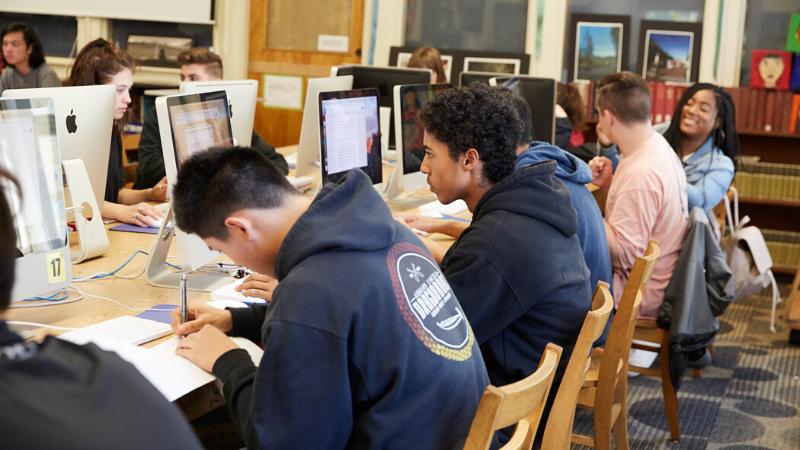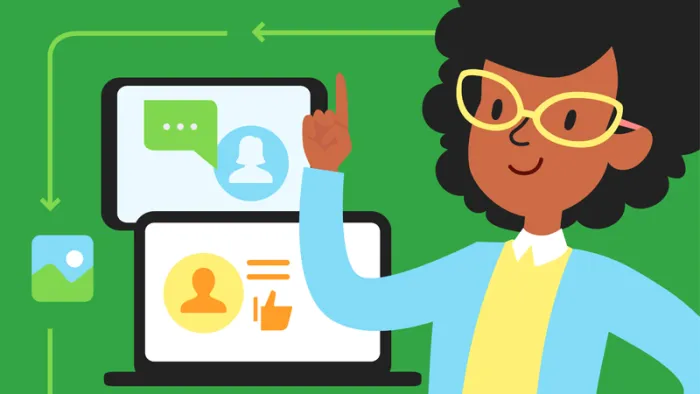Simple steps to protect students' data and privacy today.

As teachers, we know student safety is one of our primary responsibilities. We practice emergency drills numerous times each year, we screen school visitors, and we put rules and norms in place to protect the kids under our charge.
But when it comes to keeping students and their personal information safe online, it can feel a little overwhelming. Many times we swing between two extremes: Either we turn a blind eye to the risks and put our faith in the school's internet filters, or we put away the devices altogether. Of course, neither of these options is best for our students.
So what can you do?
Fortunately, there are a few quick and easy ways to check the security of the websites you and your students are using in the classroom. These practices are terrific habits to model for your students as you help them build their media-literacy skills.
Tip 1: Look for the "s" in "https."
Look for the "s" in the URL whenever you use a website, especially when logging in. Do you see "https" or a lock symbol? That means the site is encrypted and probably a lot more secure.
Tip 2: Find the tool's privacy policy.
Privacy policies can be pretty overwhelming, and we often skip reading them because they aren't written in plain language. A privacy policy spells out what information a site collects and how it uses and shares it. As weird as this sounds, just make sure a privacy policy is there. You'd be surprised how many policies are really hard to find or don't even exist!
Tip 3: Consult the experts.
For a deeper assessment of a tool's privacy policy, rely on the experts. Common Sense Education conducts extensive privacy evaluations of popular tools. Basically, we read the policies and surface the need-to-know information.
Believe it or not, these simple habits are a terrific starting point for keeping students' data private. Model these for students and share them with your colleagues. Then use what you find to start a privacy conversation at your school.








